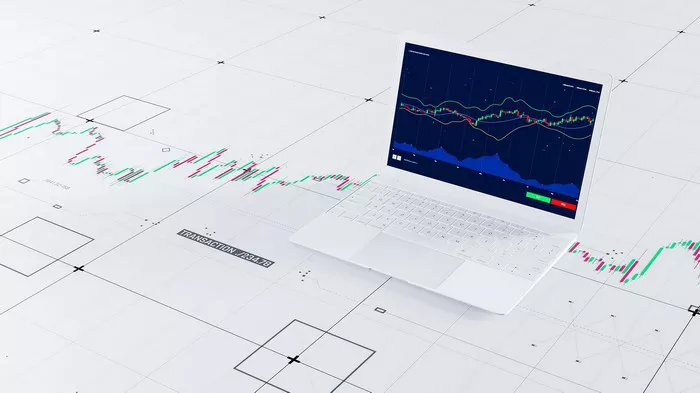Gold has long been considered a safe-haven asset, attracting investors during times of economic uncertainty. However, recent market trends indicate a slight decline in gold prices as investor sentiment shifts toward riskier assets. This movement reflects broader economic conditions, including improving market confidence, rising equity markets, and stabilizing geopolitical tensions.
The relationship between gold prices and risk appetite is well-documented. When investors feel optimistic about economic growth, they often move capital away from gold and into stocks, bonds, or other high-yield investments. Conversely, during periods of instability, gold tends to appreciate as a store of value.
This essay explores the factors contributing to the recent dip in gold prices, analyzing the impact of improved risk appetite, monetary policy shifts, and global economic trends. By understanding these dynamics, investors can make more informed decisions about portfolio allocation in changing market conditions.
Factors Driving Gold Prices Lower
One of the primary reasons for the recent decline in gold prices is the improved risk appetite among investors. As economic data suggests steady growth, market participants are more willing to take on risk. Strong corporate earnings, resilient labor markets, and easing inflation concerns have contributed to this shift.
Another factor is the performance of equity markets. When stock markets rally, gold often loses some of its appeal. Investors seeking higher returns may reallocate funds from gold to equities, reducing demand for the precious metal. The S&P 500 and other major indices have shown strength, reinforcing this trend.
Monetary policy also plays a crucial role. Central banks, particularly the Federal Reserve, influence gold prices through interest rate decisions. Higher interest rates increase the opportunity cost of holding non-yielding assets like gold. If the Fed signals a pause or reduction in rate hikes, gold may stabilize, but any indication of further tightening could pressure prices further.
Impact of Geopolitical Developments
Geopolitical tensions have historically supported gold prices, but recent easing in conflicts has reduced safe-haven demand. Diplomatic progress in certain regions and reduced fears of escalation have allowed investors to shift focus toward growth-oriented assets.
However, geopolitical risks remain unpredictable. Any sudden escalation could quickly reverse the current trend, sending gold prices higher once again. Investors must stay vigilant, as market sentiment can shift rapidly in response to global events.
Currency Movements and Gold
The strength of the U.S. dollar is another critical factor affecting gold prices. Since gold is priced in dollars, a stronger dollar makes gold more expensive for foreign buyers, potentially reducing demand. Recent dollar strength has contributed to the downward pressure on gold.
Conversely, if the dollar weakens, gold may become more attractive to international investors. Currency fluctuations, therefore, play a significant role in determining short-term price movements in the gold market.
Investor Behavior and Market Sentiment
Market psychology is a powerful driver of gold prices. When fear dominates, investors flock to gold. When optimism prevails, they move away. The current environment suggests a preference for risk, but sentiment can change quickly.
Institutional investors, including hedge funds and ETFs, also influence gold prices. Large-scale buying or selling by these entities can create momentum in either direction. Monitoring their activity provides insights into potential price trends.
Future Outlook for Gold
While gold prices have dipped recently, the long-term outlook remains uncertain. Economic growth, inflation trends, and central bank policies will continue to shape demand. If inflation resurges or economic growth falters, gold could regain its appeal.
Additionally, central bank gold purchases remain a supportive factor. Many countries continue to accumulate gold as part of their reserve strategies, providing a floor for prices.
Conclusion
The recent decline in gold prices reflects improved risk appetite among investors, driven by strong economic data, rising equity markets, and stabilizing geopolitical conditions. However, gold remains a critical asset in diversified portfolios, especially during times of uncertainty.
Investors should monitor economic indicators, central bank policies, and geopolitical developments to anticipate future price movements. While the current trend favors riskier assets, gold’s role as a safe haven ensures its relevance in any market environment. Understanding these dynamics allows for better strategic decisions in wealth management and investment planning.
Related topics:































